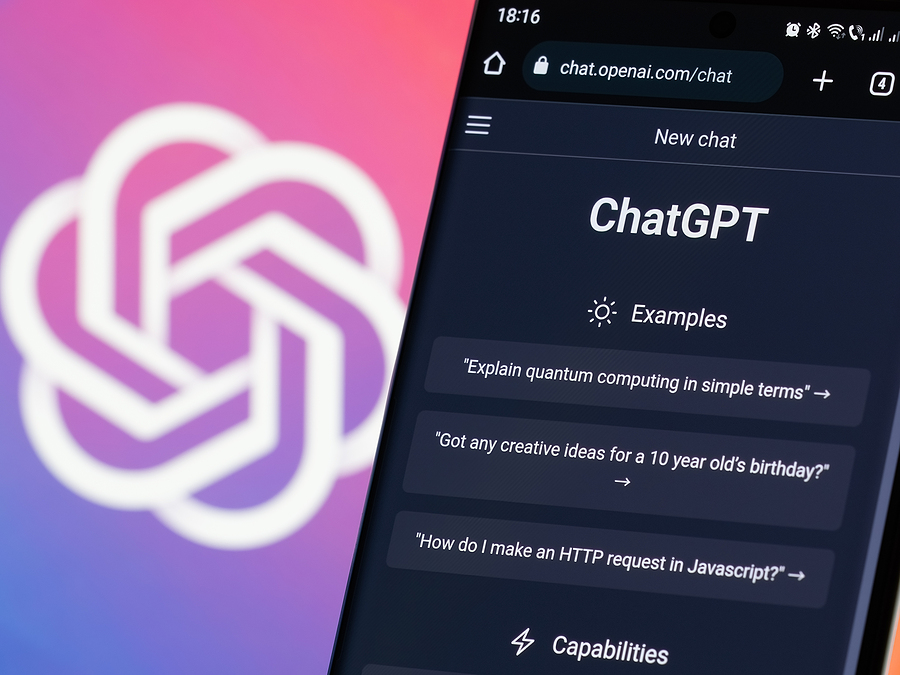
Google AMP Set to Go Live Feb. 24
Lorem ipsum dolor sit amet, consectetur adipiscing elit. Ut elit tellus, luctus nec ullamcorper mattis, pulvinar dapibus leo.
Google AMP, Google’s response to Facebook’s Instant Articles and Apple News, will go live this Wednesday, February 24, says Ad Age. AMP stands for Accelerated Mobile Pages, an open-source project that creates “light-weight webpages” that load as much as 85% more quickly than standard webpages. Google says AMP HTML provides for seamless, simplified publishing.

Google describes its vision on its AMP project website:
“The Accelerated Mobile Pages (AMP) Project is an initiative to improve the mobile web and enhance the distribution ecosystem. If content is fast, flexible and beautiful, including compelling and effective ads, we can preserve the open web publishing model as well as the revenue streams so important to the sustainability of quality publishing.”
To load pages quickly and seamlessly, Google AMP will present a stripped down version of mobile content, minus some of the cumbersome bells and whistles that contribute to page abandonment. For example, interstitial ads and script-based widgets that require readers to read or watch something before they get to their desired content are a “no go” on Google AMP.
Eliminating these options may also reduce revenue for publishers on their AMP sites, but that may not necessarily be a deal breaker right away. Grant Whitmore, executive vice president of digital at the New York Daily News, told Digiday they are excited about being part of the initial launch, though they do have concerns.
“There’s still some open questions that aren’t addressed in the roadmap about the level of control of the revenue mechanisms which was initially the promise of AMP,” Whitmore told Digiday. “It’s not a big deal for us at launch, but if we’re at the midway point of the year and this is still open, then I will have more concern.”
Google has partnered with 38 publishers on the project so far, including Hearst, The Huffington Post, Mashable, the New York Times, BBC, BuzzFeed and The Economist. According to Ad Age, the Wall Street Journal, BuzzFeed and the Washington Post are among those who will publish AMP sites sometime next week. In addition to publishers, a number of tech companies – LinkedIn, Pinterest, Twitter, Adobe Analytics, etc. – are also utilizing AMP.
Consumers may notice AMP sooner, however, as Google rolls out AMP-optimized content in its search results as early as February 24, says Search Engine Land.
Insider Take:
From the outset, this has been an intriguing project. Unlike Facebook’s Instant Articles and Apple News which are proprietary, Google AMP is open source, so anyone can use the code to improve the loading of content. This concept of sharing and partnership is refreshing and could yield amazing results for those who participate in the project.
Consumers win because they can find and experience the mobile content they want quickly and easily. Publishers benefit too because fewer readers will abandon pages for slow load times. Publishers may be able to increase traffic and improve time on site to further engage their readers, provided they can overcome any loss of revenue on their AMP-based sites.
This product is just getting its start though, so we don’t want to be quick to judge its merits until we’ve seen how it works and how it impacts publishers’ readership and revenue as one of many platforms on which they share their content. As with any new product, there are likely to be hiccups and challenges, but Google has the assets and nimbleness to address them quickly. For now, we are excited about the possibilities!
~ Dana E. Neuts, Subscription Insider





